John Romero
30 Years of Rip and Tear: Doom’s development story
#1about 3 minutes
The origins of Doom and early 3D game development
John Carmack's purchase of a NeXT computer and the team's experience with Catacomb 3D and Wolfenstein 3D laid the foundation for Doom's advanced technology.
#2about 2 minutes
Creating the initial design with the Doom Bible
The team established the initial game concept and narrative framework in a design document known as the Doom Bible.
#3about 2 minutes
Building the engine, art assets, and level editor
The team began building the core engine and level editor while experimenting with clay and latex models for monsters and scanning toy guns for weapons.
#4about 2 minutes
Overcoming level design limitations from Wolfenstein 3D
The team struggled to break free from the 90-degree wall design of their previous games, culminating in an early tech demo showcasing the new engine's potential.
#5about 1 minute
Rejecting the Aliens license and porting Wolfenstein to SNES
Development was paused after the team briefly considered and rejected an offer for the Aliens movie license to instead complete a three-week emergency port of Wolfenstein 3D for the Super Nintendo.
#6about 3 minutes
Solving rendering issues with binary space partitioning
A performance bottleneck in a complex level was solved by John Carmack's implementation of a binary space partition (BSP) tree, a key technological leap for the engine.
#7about 3 minutes
Establishing Doom's abstract level design style
The team pivoted from realistic military bunkers to a unique abstract level design style, which defined the game's atmosphere and spatial puzzles.
#8about 2 minutes
Welcoming new team members and adding core features
After Tom Hall's departure, new hires Dave Taylor and Sandy Petersen began implementing the automap and creating new levels, while the DMX sound library was integrated for audio.
#9about 3 minutes
Refining gameplay by removing arcade-era mechanics
The team created a polished press release version and streamlined the gameplay by removing superfluous items and the traditional concept of player lives.
#10about 1 minute
Creating the first multiplayer deathmatch and co-op modes
In a final, intense push, the team invented high-speed multiplayer, creating the first-ever deathmatch and co-op modes for a first-person shooter.
#11about 2 minutes
Fixing a day-one bug just hours before launch
After a 30-hour crunch, the team found and fixed a critical bug that had existed since the start of development, finally uploading the game to a BBS for its public release.
#12about 5 minutes
Doom's lasting impact on gaming and modding culture
The release of Doom solidified the first-person shooter genre, pioneered multiplayer gaming, and sparked a vibrant modding community that spawned many future successful franchises.
Related jobs
Jobs that call for the skills explored in this talk.
Team Lead and Senior Software Engineer with focus on AI
Dynatrace
Linz, Austria
Senior
Java
Team Leadership
Frontend Engineer - React (f/m/x) Germany-based
Douglas GmbH
Düsseldorf, Germany
Intermediate
Senior
TypeScript
React
Matching moments
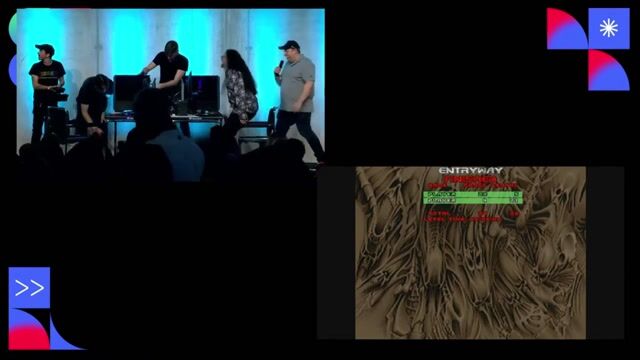
28:19 MIN
The origins of Doom and the rise of LAN parties
Live doom II deathmatch with John Romero
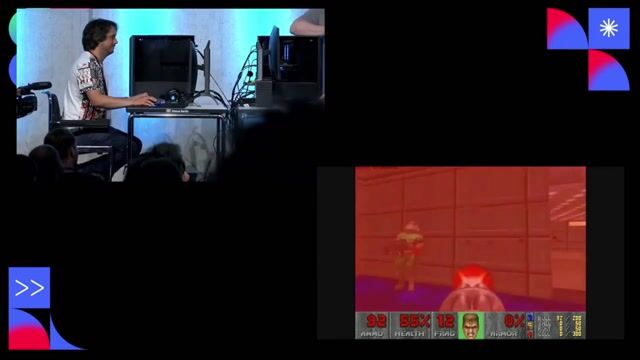
44:46 MIN
Q&A on current projects and game development
Live doom II deathmatch with John Romero
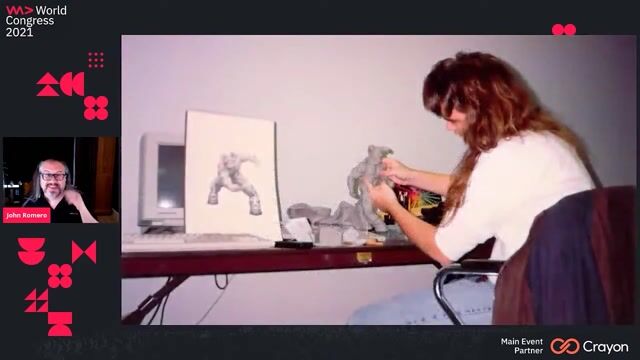
20:31 MIN
How Doom revolutionized gaming with open development
A Lifetime in Games: The Past, Present and Future of the Industry
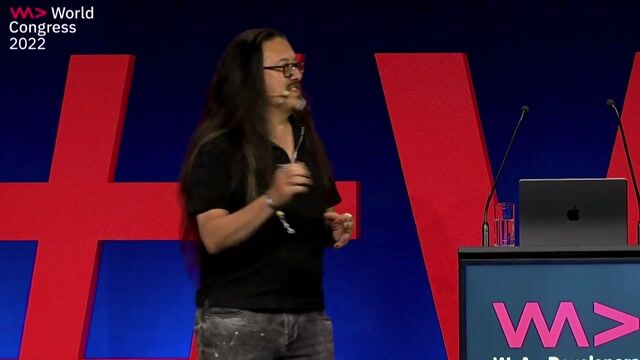
35:43 MIN
Q&A on Unreal Engine and Doom sound effects
Wolfenstein 3D Postmortem
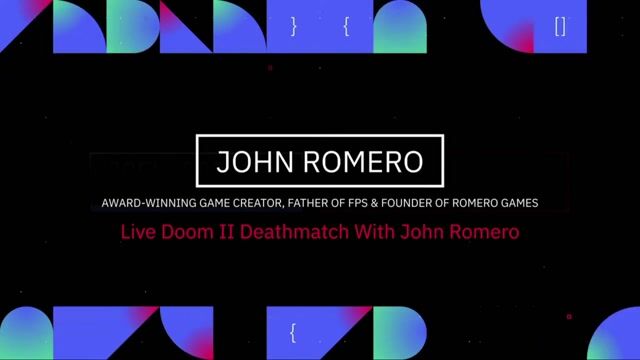
00:13 MIN
Setting up for a live Doom II deathmatch
Live doom II deathmatch with John Romero
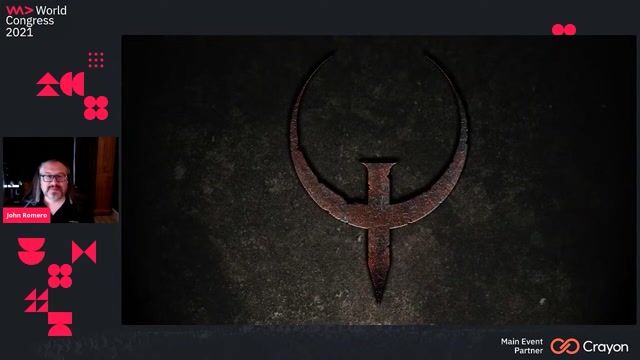
24:16 MIN
Pushing boundaries with Quake and leaving id Software
A Lifetime in Games: The Past, Present and Future of the Industry

00:05 MIN
A veteran's journey through game development history
Videogames: The Medium of the 21st Century
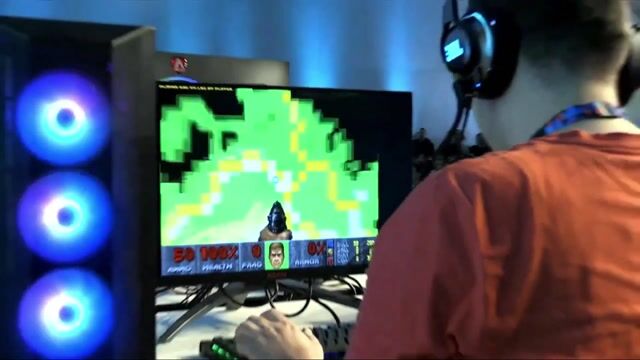
10:23 MIN
First deathmatch rounds against the audience
Live doom II deathmatch with John Romero
Featured Partners
Related Videos
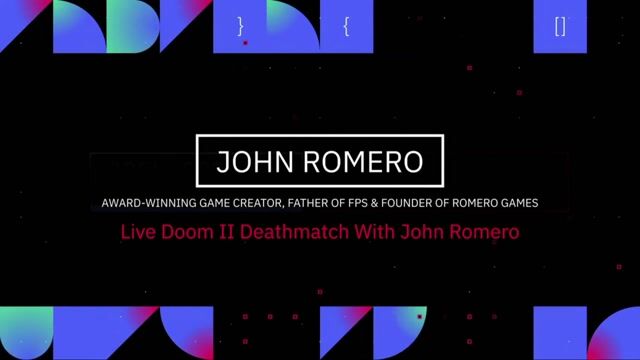 1:10:16
1:10:16Live doom II deathmatch with John Romero
John Romero
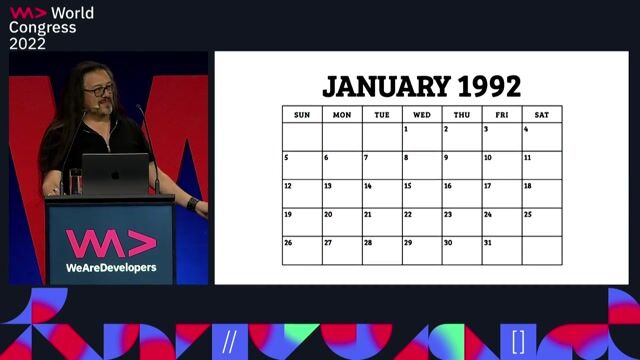 44:49
44:49Wolfenstein 3D Postmortem
John Romero
 47:36
47:36A Lifetime in Games: The Past, Present and Future of the Industry
John Romero
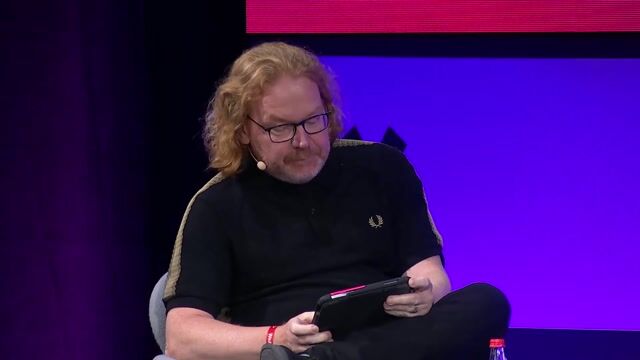 33:09
33:09Fireside Chat with Warren Spector & John Romero
John Romero, Christian Heilmann & Warren Spector
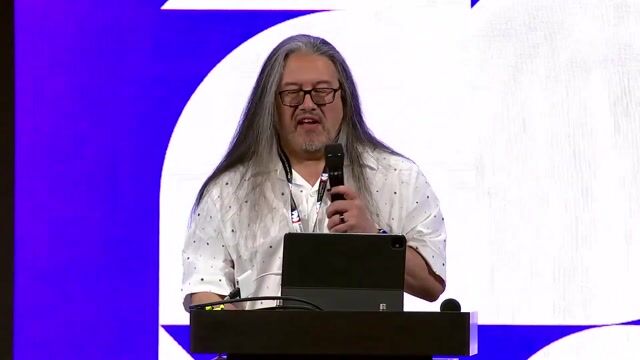 23:12
23:12What AI Can, Can’t, and Shouldn’t do for Games
John Romero
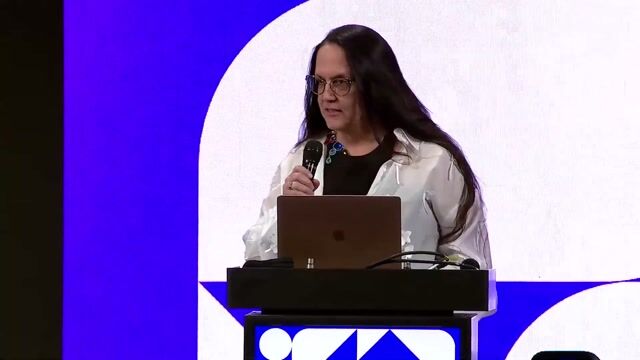 28:06
28:06Brenda Romero - Stay! Surviving and Thriving in Tech
Brenda Romero
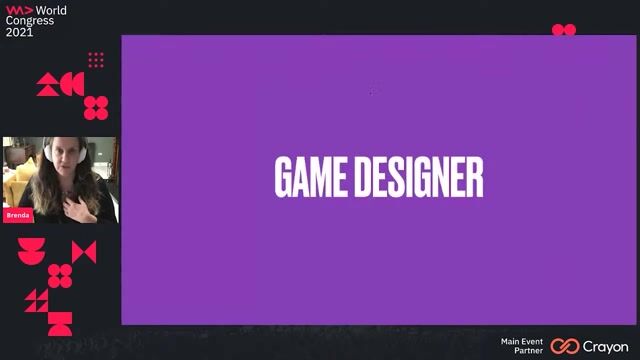 56:37
56:37The Story of Games
Brenda Romero
 30:53
30:53How to Survive The Worst Launch of Your Career with Brenda Romero
Brenda Romero
Related Articles
View all articles



From learning to earning
Jobs that call for the skills explored in this talk.







Embedded QA Specialist - Engine/Editor
Cloud Imperium Games
Frankfurt am Main, Germany
JIRA
Linux
Python
Microservices
Test Case Design
+1

Market & Business Insights Analyst
Dovetail Games
Boxley, United Kingdom
Python
Tableau
Google Cloud Platform

Senior Level Designer
ZeniMax Media, Inc.
Lyon, France
Senior
Lua
Microsoft Office
Scripting (Bash/Python/Go/Ruby)